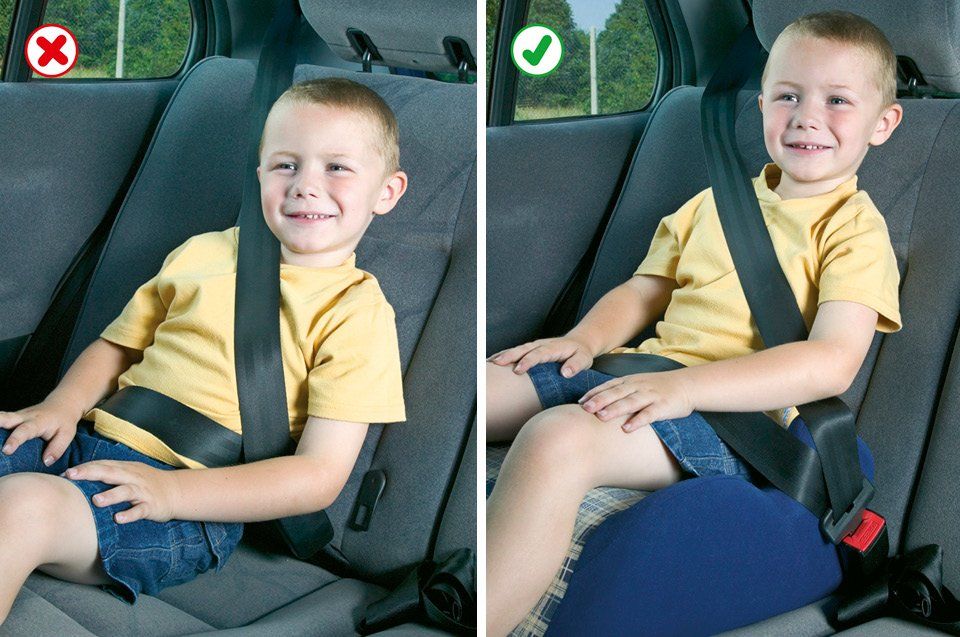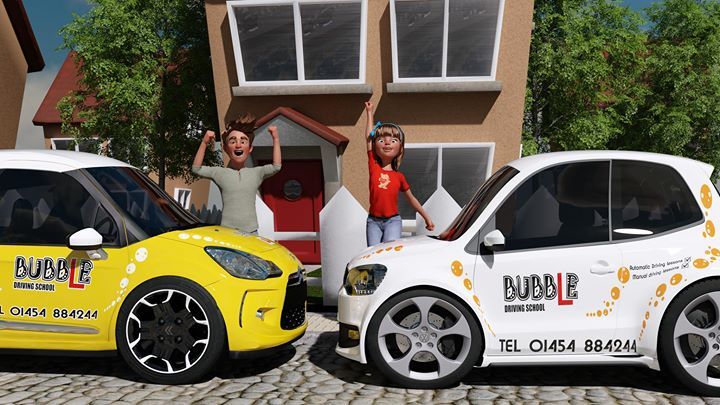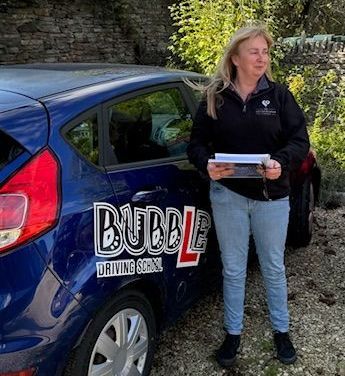Limited lessons available
Rules 89-102
Rules for drivers and motorcyclists, including vehicle condition, fitness to drive, alcohol and drugs, what to do before setting off, vehicle towing and loading, and seat belts and child restraints.
The highway code can be bought in shops and online, as well as a free version on the UK goverments website, click here to access the free to use highway code.
And for people wanting a more visual highway code or those who struggle with the technical talk, the Colour Book Academy offer a great new highway code, that allows you to colour in but every rule of the highway code is explained with diagrams and scenario's for each and every rule, this is a great resource for those wanting something abit more fun with learning. Click here to order yours today.
Vehicle condition 89
Rule 89
Vehicle condition. You MUST ensure your vehicle and trailer comply with the full requirements of the Road Vehicles (Construction and Use) Regulations and Road Vehicles Lighting Regulations (see ‘The road user and the law’).
Fitness to drive 90-94
Rule 90
Make sure that you are fit to drive. You MUST report to the Driver and Vehicle Licensing Agency (DVLA) any health condition likely to affect your driving.
Law RTA 1988 sect 94
Rule 91
Driving when you are tired greatly increases your risk of collision. To minimise this risk
- make sure you are fit to drive. Do not begin a journey if you are tired. Get a good night’s sleep before embarking on a long journey
- avoid undertaking long journeys between midnight and 6 am, when natural alertness is at a minimum
- plan your journey to take sufficient breaks. A minimum break of at least 15 minutes after every two hours of driving is recommended
- if you feel at all sleepy, stop in a safe place. Do not stop on the hard shoulder of a motorway
- the most effective ways to counter sleepiness are to drink, for example, two cups of caffeinated coffee and to take a short nap (at least 15 minutes)
Rule 92
Vision. You MUST be able to read a vehicle number plate, in good daylight, from a distance of 20 metres (or 20.5 metres where the old style number plate is used). If you need to wear glasses (or contact lenses) to do this, you MUST wear them at all times while driving. The police have the power to require a driver to undertake an eyesight test.
Laws RTA 1988 sect 96, & MV(DL)R reg 40 & sched 8
Rule 93
Slow down, and if necessary stop, if you are dazzled by bright sunlight.
Rule 94
At night or in poor visibility, do not use tinted glasses, lenses or visors if they restrict your vision.
Alcohol and drugs 95 and 96
Rule 95
Do not drink and drive as it will seriously affect your judgement and abilities.
In England and Wales you MUST NOT drive with a breath alcohol level higher than 35 microgrammes/100 millilitres of breath or a blood alcohol level of more than 80 milligrammes/100 millilitres of blood.
In Scotland the legal limits are lower. You MUST NOT drive with a breath alcohol level higher than 22 microgrammes/100 millilitres of breath or a blood alcohol level of more than 50 milligrammes/100 millilitres of blood.
Alcohol will:
- give a false sense of confidence
- reduce co-ordination and slow down reactions
- affect judgement of speed, distance and risk
- reduce your driving ability, even if you’re below the legal limit
- take time to leave your body; you may be unfit to drive in the evening after drinking at lunchtime, or in the morning after drinking the previous evening.
Laws RTA 1988 sects 4, 5 & 11(2), & PLSR
Rule 96
You MUST NOT drive under the influence of drugs or medicine. For medicines, check with your doctor or pharmacist and do not drive if you are advised that you may be impaired.
You MUST NOT drive if you have illegal drugs or certain medicines in your blood above specified limits. It is highly dangerous so never take illegal drugs if you intend to drive; the effects are unpredictable, but can be even more severe than alcohol and result in fatal or serious road crashes. Illegal drugs have been specified at very low levels so even small amounts of use could be above the specified limits. The limits for certain medicines have been specified at higher levels, above the levels generally found in the blood of patients who have taken normal therapeutic doses. If you are found to have a concentration of a drug above its specified limit in your blood because you have been prescribed or legitimately supplied a particularly high dose of medicine, then you can raise a statutory medical defence, provided your driving was not impaired by the medicine you are taking.
Law RTA 1988 sects 4 & 5
Before setting
Rule 97
Before setting off. You should ensure that
- you have planned your route and allowed sufficient time
- clothing and footwear do not prevent you using the controls in the correct manner
- you know where all the controls are and how to use them before you need them. Not all vehicles are the same; do not wait until it is too late to find out
- your mirrors and seat are adjusted correctly to ensure comfort, full control and maximum vision
- head restraints are properly adjusted to reduce the risk of neck and spine injuries in the event of a collision
- you have sufficient fuel before commencing your journey, especially if it includes motorway driving. It can be dangerous to lose power when driving in traffic
- ensure your vehicle is legal and roadworthy
- switch off your mobile phone.
Vechile towing and loading 98
Rule 98
Vehicle towing and loading. As a driver
- you MUST NOT tow more than your licence permits. If you passed a car test after 1 Jan 1997 you are restricted on the weight of trailer you can tow
- you MUST NOT overload your vehicle or trailer. You should not tow a weight greater than that recommended by the manufacturer of your vehicle
- you MUST secure your load and it MUST NOT stick out dangerously. Make sure any heavy or sharp objects and any animals are secured safely. If there is a collision, they might hit someone inside the vehicle and cause serious injury
- you should properly distribute the weight in your caravan or trailer with heavy items mainly over the axle(s) and ensure a downward load on the tow ball. Manufacturer’s recommended weight and tow ball load should not be exceeded. This should avoid the possibility of swerving or snaking and going out of control. If this does happen, ease off the accelerator and reduce speed gently to regain control
- carrying a load or pulling a trailer may require you to adjust the headlights.
- In the event of a breakdown, be aware that towing a vehicle on a tow rope is potentially dangerous. You should consider professional recovery.
Laws CUR reg 100 & MV(DL)R reg 43
Seatbelts and child restraints 99-102
Rule 99
You MUST wear a seat belt in cars, vans and other goods vehicles if one is fitted (see table below). Adults, and children aged 14 years and over, MUST use a seat belt or child restraint, where fitted, when seated in minibuses, buses and coaches. Exemptions are allowed for the holders of medical exemption certificates and those making deliveries or collections in goods vehicles when travelling less than 50 metres (approx 162 feet).
Laws RTA 1988 sects 14 & 15, MV(WSB)R, MV(WSBCFS)R & MV(WSB)(A)R 2005 and 200
Rule 100
The driver MUST ensure that all children under 14 years of age in cars, vans and other goods vehicles wear seat belts or sit in an approved child restraint where required (see table above). If a child is under 1.35 metres (approx 4 feet 5 inches) tall, a baby seat, child seat, booster seat or booster cushion MUST be used suitable for the child’s weight and fitted to the manufacturer’s instructions.
Laws RTA 1988 sects 14 & 15, MV(WSB)R, MV(WSBCFS)R & MV(WSB)(A)R 2005 and 2006
Rule 101
A rear-facing baby seat MUST NOT be fitted into a seat protected by an active frontal airbag, as in a crash it can cause serious injury or death to the child.
Laws RTA 1988 sects 14 & 15, MV(WSB)R, MV(WSBCFS)R & MV(WSB)(A)R 2005 and 2006
Rule 102
Children in cars, vans and other goods vehicles. Drivers who are carrying children in cars, vans and other goods vehicles should also ensure that
- children should get into the vehicle through the door nearest the kerb
- child restraints are properly fitted to manufacturer’s instructions
- children do not sit behind the rear seats in an estate car or hatchback, unless a special child seat has been fitted
- the child safety door locks, where fitted, are used when children are in the vehicle children are kept under control.
The highway code printed is from the uk goverment website and under its open goverment licence, allows anyone to copy and share the code.







